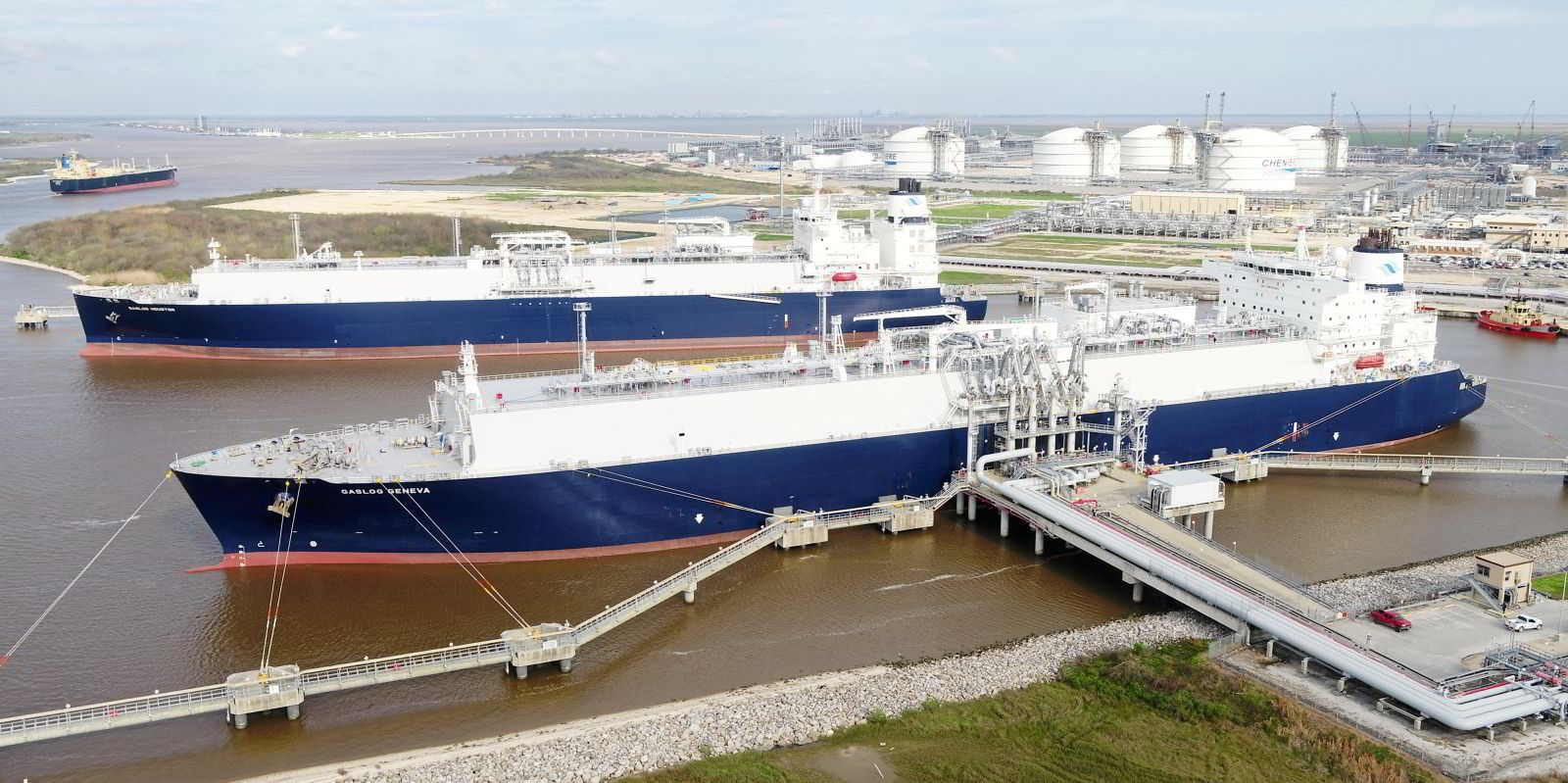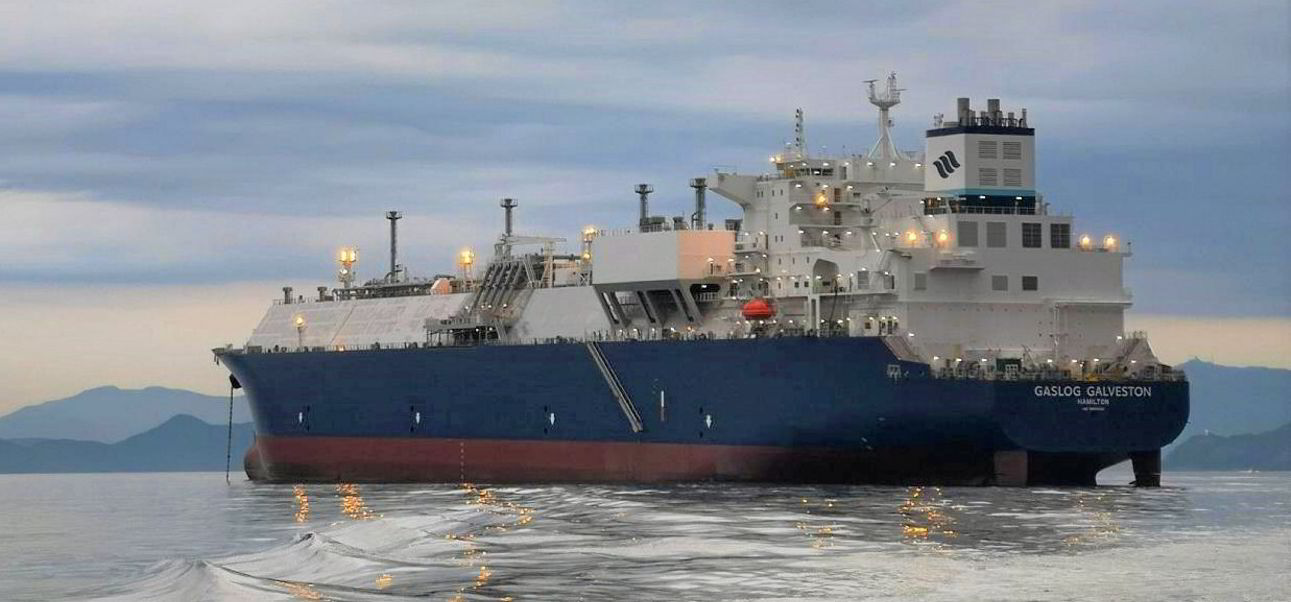Data collected from LNG carriers lifting cargoes out of the US shows greenhouse gas emissions from shipping to be between 35% and 60% lower than those calculated using estimated data, according to a new study funded by US producer Cheniere Energy.
But the life-cycle analysis study — which focused on the supply chain from the wellhead through to LNG produced at Cheniere’s Sabine Pass LNG plant and LNG shipment to power plant delivery — also found that there is high variation across transport routes and ship propulsion technologies.
The authors said the study used recorded fuel consumption along with vessel and third-party data collected from LNG carrier voyages in 2018.
Ship studies
Separately, in May this year, Cheniere reported that it had been working with GasLog on a new study that was collecting methane emissions data from one of the company’s newbuildings.
Overall the analysis — co-authored by the University of Texas, Queen Mary University of London, Duke University, KeyLogic Systems and Cheniere — found that the LNG supply chain from gas production through to power generation accounted for between 31% and 38% of GHG emissions.
The authors said: “This study finds a 30% to 43% decrease in GHG intensity relative to other studies employing generic national or regional data.”
Cheniere said it will use the study as the foundational analytical tool to estimate GHG emissions to be included in its upcoming Cargo Emissions Tags.
On shipping specifically, the authors said that other previous studies assumed that 20% of all cargo boil-off gas (BOG) is emitted to the atmosphere. But “based on guidance from industry experts”, their model assumes all BOG is used for propulsion and to meet vessel’s electric load demand.
“Detailed voyage-specific operational data enables accurate accounting of key parameters, including BOG management rates and propulsions systems, resulting in much-improved assessment of the ocean transport segment,” the study said.
There are still unknowns. The authors said fugitive emissions from LNG carrier operations are assumed to be “negligible” based on what is understood of operational practices. But they added: “No data is yet available for corroboration.”
They also said that while the study accounts variability in efficiency and methane slip across propulsion types, the impact of methane slip from the smaller auxiliary engines is unknown.
The study assumes that all fuel is combusted in the main engine propulsion system.
“The difference in emission performance between the larger, continuous propulsion engines and the smaller generator engines is understudied and an opportunity for improvement in the modelling of LNG ocean transport,” it concluded.





